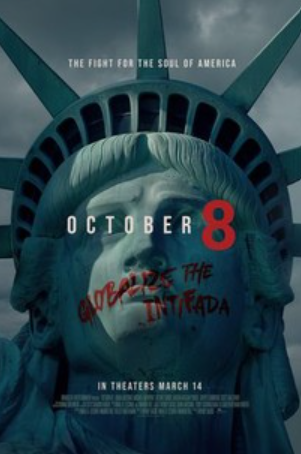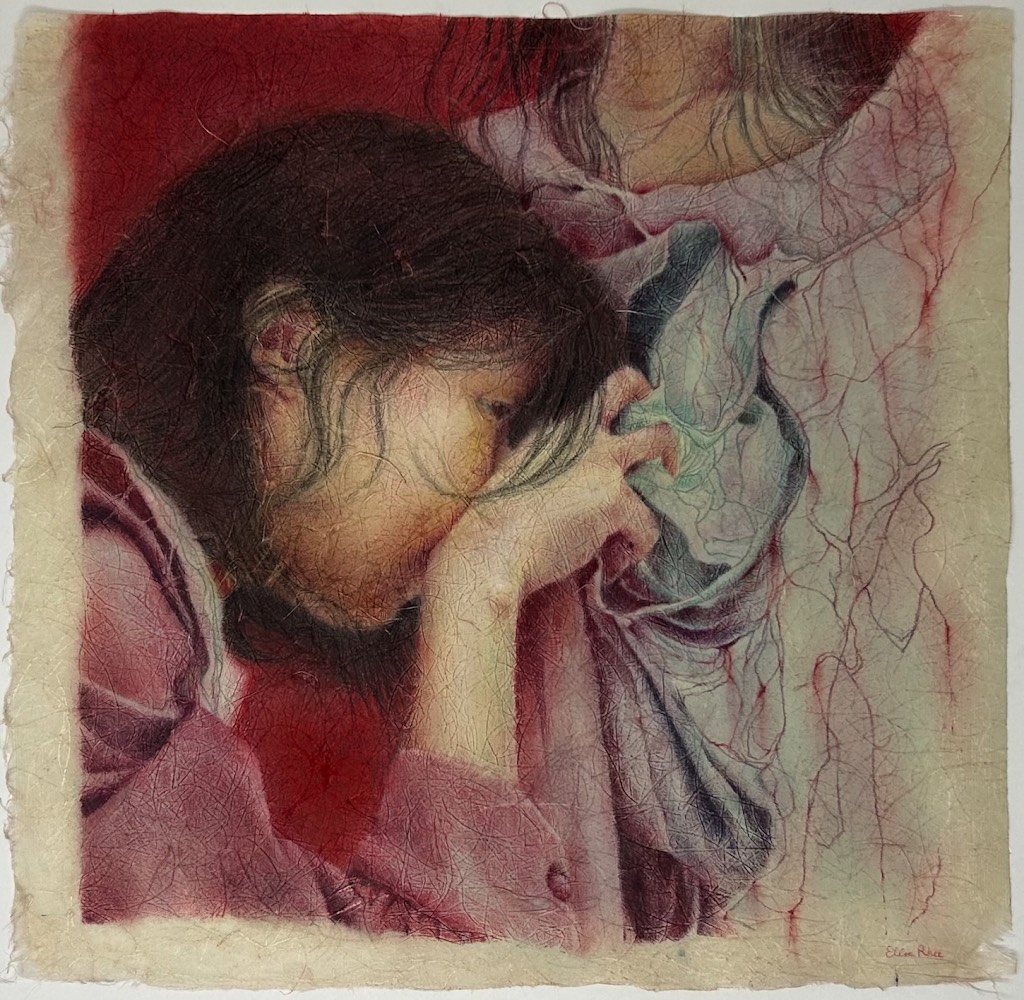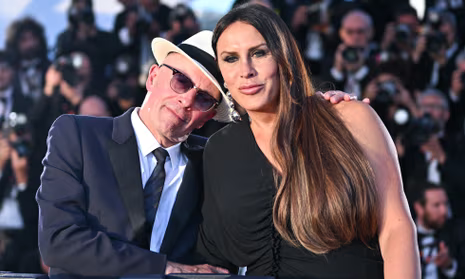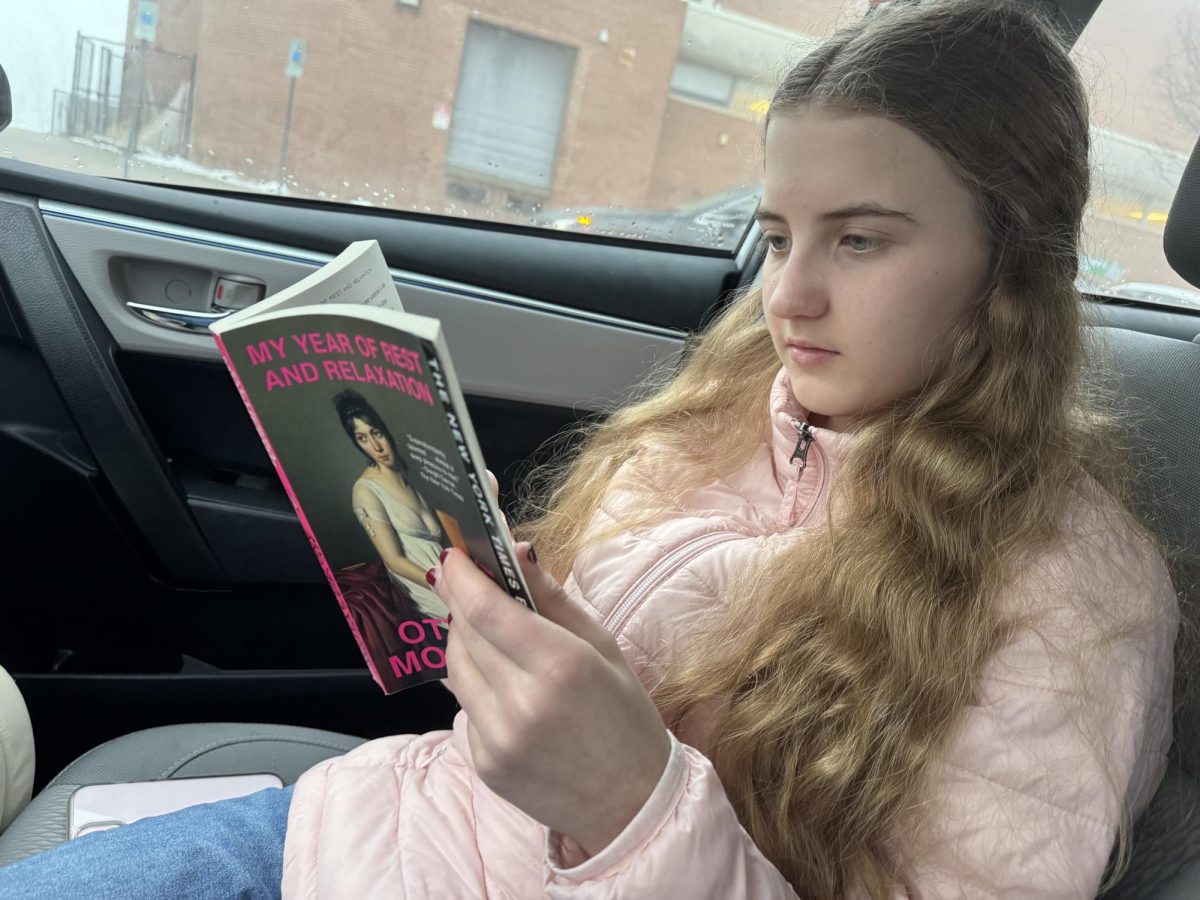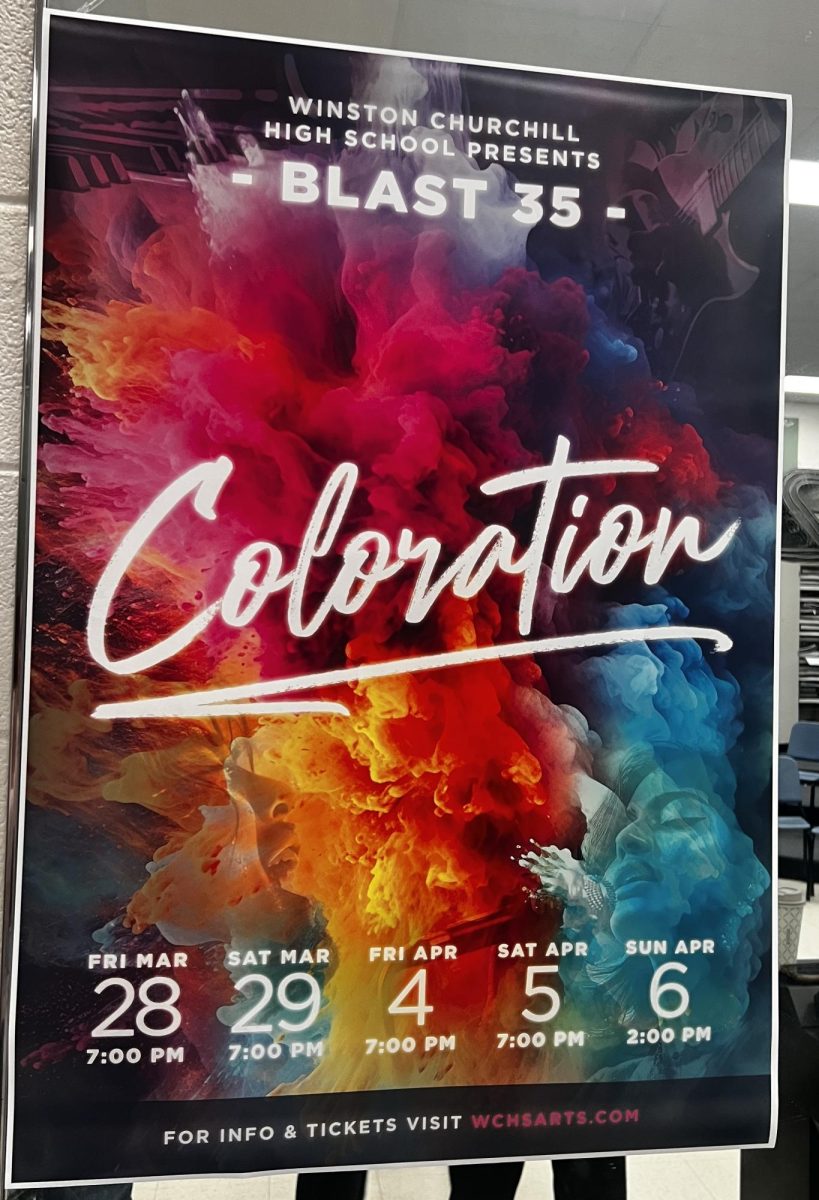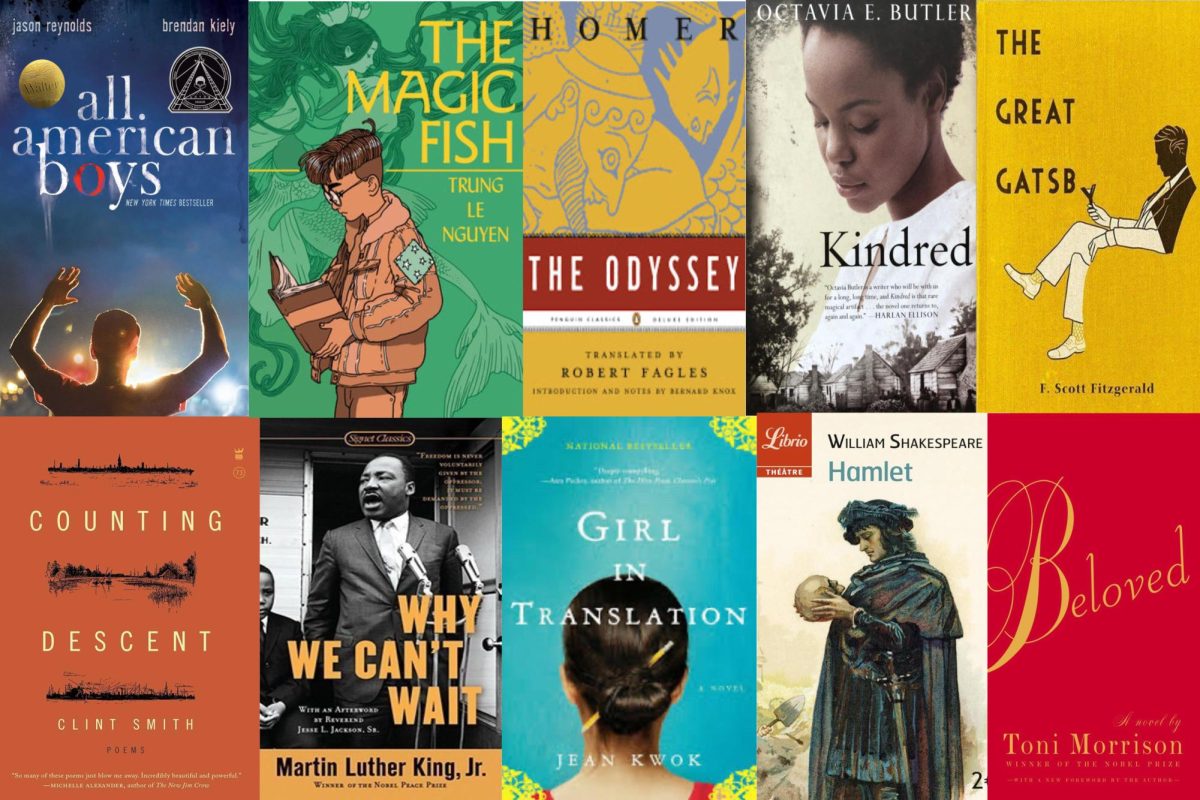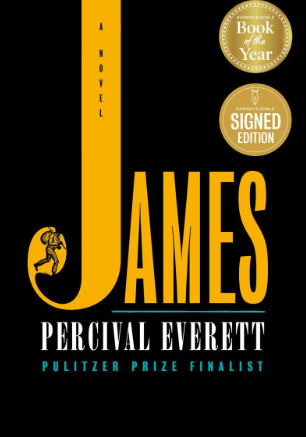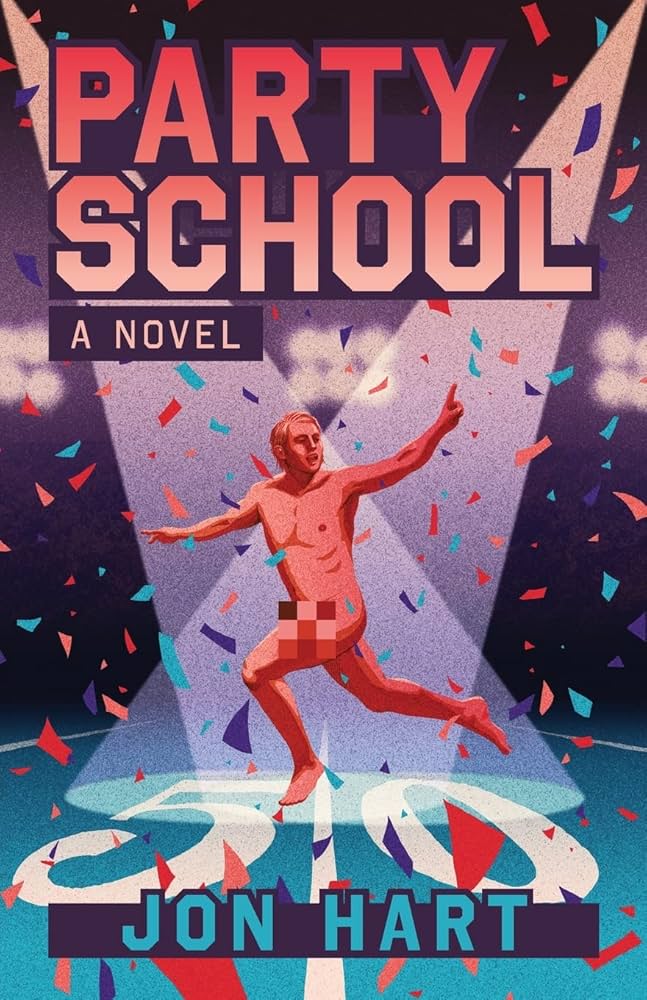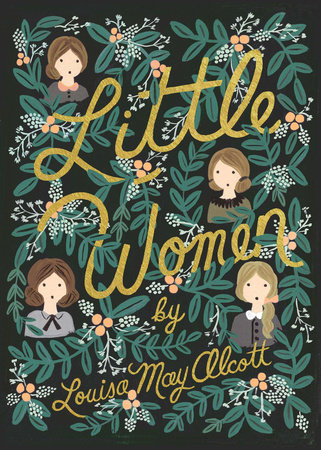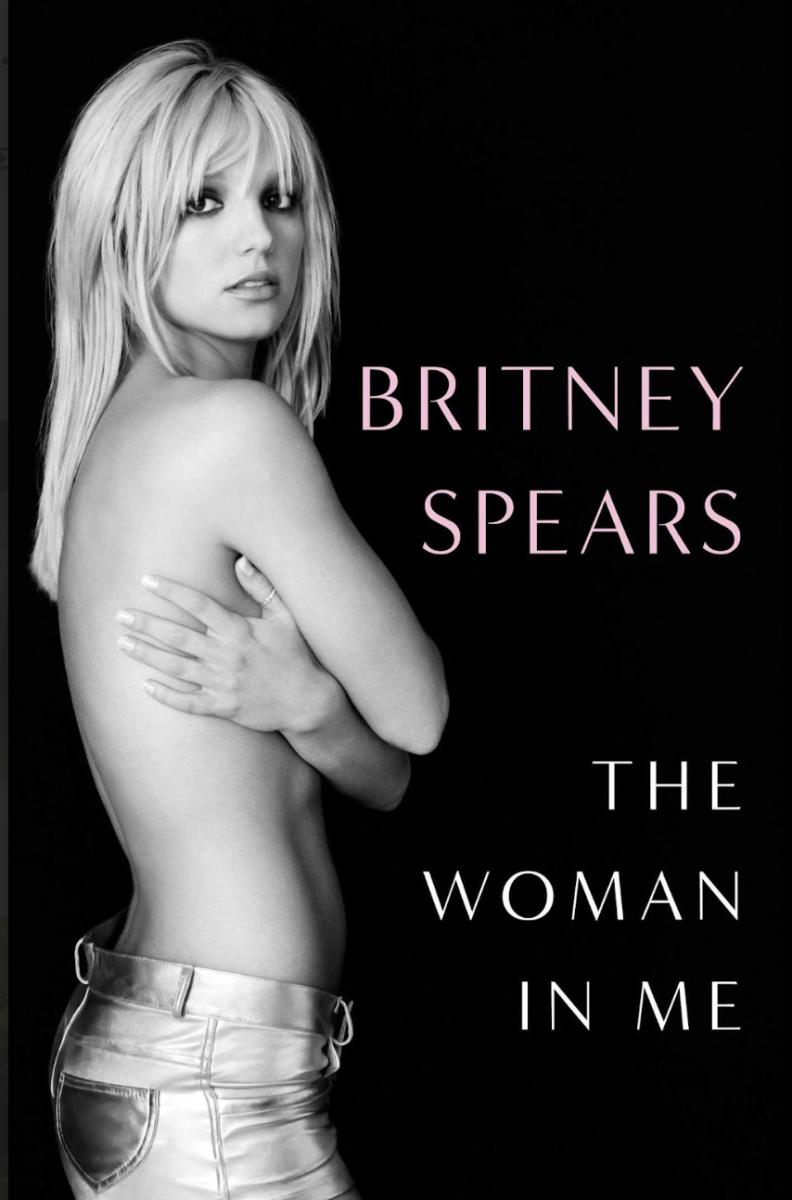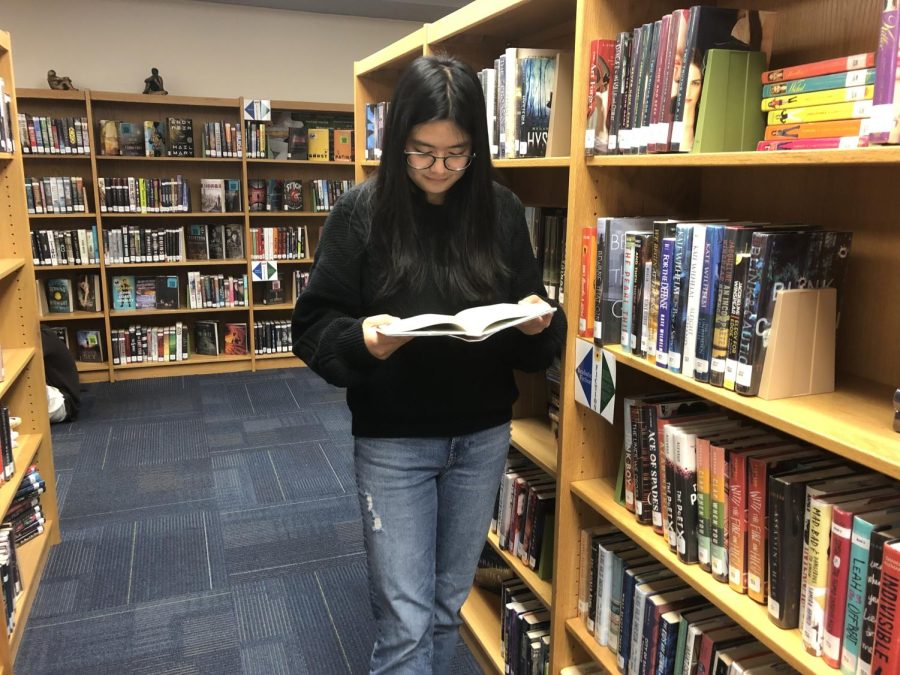Classics like The Great Gatsby and To Kill a Mockingbird might not seem as if they have much in common with popular young adult novels such as Harry Potter and The Hunger Games, but all of these books, and many more, have at some point been banned or challenged.
Banned Books Week is being celebrated from Sept. 21 to Sept. 27 and brings awareness to the censorship of ideas in literature. It encourages the book community, from readers to librarians to teachers, to come together and support the freedom of ideas.
“The books themselves are great reads,” senior Savannah Chapa said. “Most of them are American classics that we know and love from school. It’s hard to wrap my head around banning such impactful books.”
CHS is doing its part in raising awareness for these books by creating a display of books concealed in brown paper bags with the accusations against the books written on them. The school has showcased similar displays in the past.
“We’ve highlighted a banned book display and a banned book that would interest students, and we did a banned book for our book club,” media specialist Paige Pagley said.
While the American Library Association intends for Banned Book Week to rally people against the censorship of ideas, preventing people from banning or challenging books stifles ideas as well. However, many believe that retaining that right should not equate to exercising it.
“People will always have the right to do it, but personally I don’t think people should,” senior Reena John said.
Others disagree wholeheartedly with the premise of banning books because of the effects it has on how people view books as a whole.
“The effect of banning a book is that children now believe that there are bad books in the world, when in reality there is no such thing,” junior Selam Bezuneh said.
However, human curiosity and the desire to do the opposite of what one is told can combine to banned books becoming even more popular.
“When a book is banned or challenged, people want to know why, and they read it,” Pagley said.
Several previously banned or challenged books are being taught at CHS, including The Scarlet Letter, The Absolutely True Diary of a Part-Time Indian, Frankenstein and the aforementioned The Great Gatsby and To Kill a Mockingbird.
“If a student is going to read a banned book, they should have a teacher guiding them through it and letting them have discussions about it and why it’s been banned,” Pagley said.
Many of these books have been challenged because of language, sexual content, indecency, or inclusion of topics such as rape and race. However, banning literature including these topics does not erase their existence in the world, and some students find those who ban books hypocritical.
“Even though the news has some of the same content that banned books have, the same people who ban books encourage children to watch the news in order to know what is happening in the world,” Bezuneh said.
While these books have been banned or challenged, many of them did not occur in Montgomery County. Nonetheless, there have been challenges made in Montgomery County, such as those against The Bluest Eye because of lewd content a parent found inappropriate for high school students.
“It just shows the different values of different areas,” Chapa said.
However, some students feel children need to be exposed to controversial content because of the valuable themes and ideas that can be discovered upon deeper analysis.
“Writing has a way of conveying to people what they may not have been able to put into words themselves, and to ban those books and not let people read and interpret them isn’t right,” junior Stephanie Safdie said.


